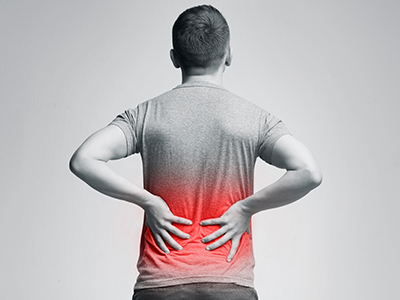Physio For Low back pain

Low back pain is one of the world’s most
common injuries and the rates of low back pain in Australia are at an all-time
high. At Central Performance our team can relieve your pain, restore your
strength and reduce your risk of future problems by using the latest and most
effective evidence-based treatments available.
Our physiotherapists use an active,
exercise-based treatment approach to keep you active while relieving your pain.
We see clients with lower back pain from a wide variety of causes including:
- Discogenic (disc-related) low back
pain
- Back pain related to facet
joint problems
- Sciatica and pinched nerves
- Chronic and recurrent low back
pain
- Back pain related to workplace
injury
- Rehabilitation following back
surgery including discectomy, disc replacement, laminectomy, scoliosis surgery,
spinal decompression and fracture stabilisation
- Back pain in athletes and
sports people, including pain related to running, jumping, twisting and kicking
Steps to Physiotherapy Management of Low Back Pain
Your Initial Assessment And Diagnosis
Your physiotherapy program starts with an
in-depth initial assessment to examine the causes for your low back pain and
correctly diagnose the problem. This includes taking a full subjective history,
finding your provocative movements and performing a detailed physical
examination. Diagnosing low back pain can be complex because there may be a wide
range of contributing factors including mechanical (stiffness, tightness and/or
weakness), biological, social and psychological influences. Your
physiotherapist will thoroughly explore all of the relevant factors to ensure
we make an accurate diagnosis.
Your physiotherapist will also screen the
rest of your body to check for any other contributing factors to your low back
pain. This is especially important when looking at recurrent or chronic low
back pain, for example a restriction in your hip mobility may cause changes in
your pelvis biomechanics which can contribute to recurrent low back pain. A
thorough functional movement screen will highlight any relevant factors that
may be impacting your symptoms.
During your first session your
physiotherapist will take time to clearly explain your diagnosis to you. They
will highlight relevant anatomy and factors that have caused your pain, plus
guide you through your treatment plan and steps to recovery. Your individual
goals are very important when planning your treatment, so your physio will
discuss your goals with you and clarify how your treatment plan will help you
achieve them.
Your Physiotherapy Treatment Program
Your physiotherapist will take the time to
really understand your goals and expectations for treatment, and work with you
to develop your personalised treatment plan. Although each client’s situation
and plan are unique, you will usually progress through four main stages;
- Relieve your pain and restore
your normal range of movement
- Specific strength exercises for
your low back and pelvis
- Screening and correction of
whole-body mechanics that are contributing to your low back pain. This may
include mobility, stability and strengthening work.
- Returning to sport and activity,
including specific strengthening and mobility exercises for a safe return to
all of your normal lifestyle, sport and exercise activities
Your treatment will start with hands-on
manual therapy and targeted exercises to relieve your pain and restore
movement. As you improve your treatment and exercises will be continuously
reviewed and progressed to ensure your recovery is as fast as possible. Your
physiotherapist will guide you through specific strengthening and mobility
exercises then move you on to more global, functional, whole-body exercises to
correct any further biomechanical factors to your low back pain.
Strength exercises and restoring optimal
movement co-ordination become a real focus as your recovery continues. Many
clients find that progressing on to see one of our exercise physiologists for a
personalised strength and conditioning program is a very effective way to fully
recover from back pain, and minimise your risk of future problems.
Returning To Sport And Activity
The important last stage of your treatment
program involves you transitioning back to your full range of activities,
including sport and exercise as well as overall lifestyle activities. Every
activity is different and therefore puts different demands on your back and
spine, so this stage is highly individualised to target your personal goals and
activities of choice. We focus on maximising your resilience and performance through
functional strength and conditioning. The goal of this stage is to build your
body up to a greater capacity than it was before your injury, thereby
maximising your performance ability and reducing your likelihood of future
problems. Your physiotherapist may recommend that you complete an exercise
physiology or personal training program to complete this stage.


